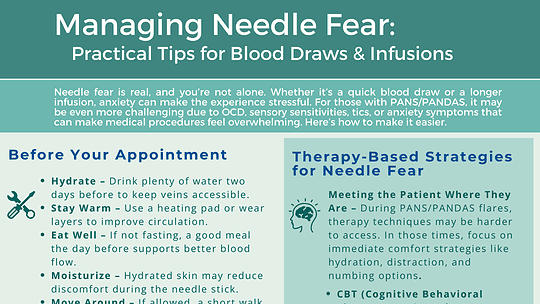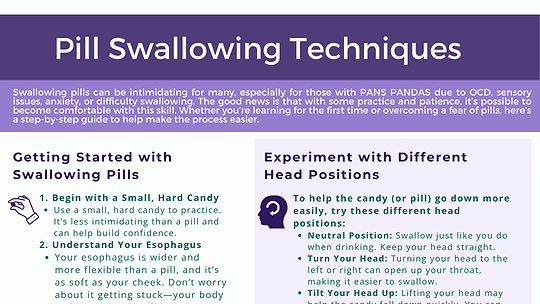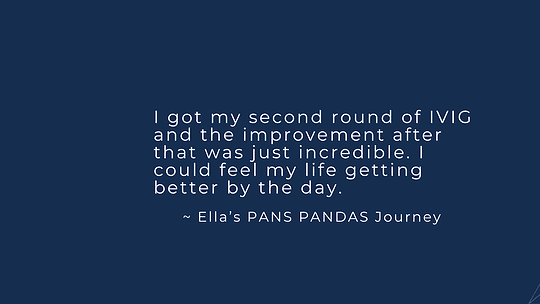Wu, X., Hao, J., Jiang, K. et al. Neuroinflammation and pathways that contribute to tourette syndrome. Ital J Pediatr 51, 63 (2025). https://doi.org/10.1186/s13052-025-01874-3
- Tourette Syndrome (TS): A neurodevelopmental disorder characterized by motor and vocal tics, often co-occurring with ADHD, OCD, and other psychological issues.
- Neurotransmitter Imbalances: TS is traditionally linked to neurotransmitter disruptions, especially within the cortex-striatum-thalamus-cortex circuit, involving dopamine and glutamate.
- Neuroinflammation: Emerging research shows neuroinflammation, often triggered by infections or allergies, contributes to neurotransmitter imbalances that may induce tics.
- Infectious Triggers: Streptococcal infections (e.g., PANDAS), viral infections (e.g., enterovirus, COVID-19), and other pathogens (e.g., Chlamydia, Mycoplasma) are linked to TS exacerbation.
- Immune Mechanisms: Inflammatory responses activate microglia and the peripheral immune system, disrupting neurotransmitter balance and leading to tics.










